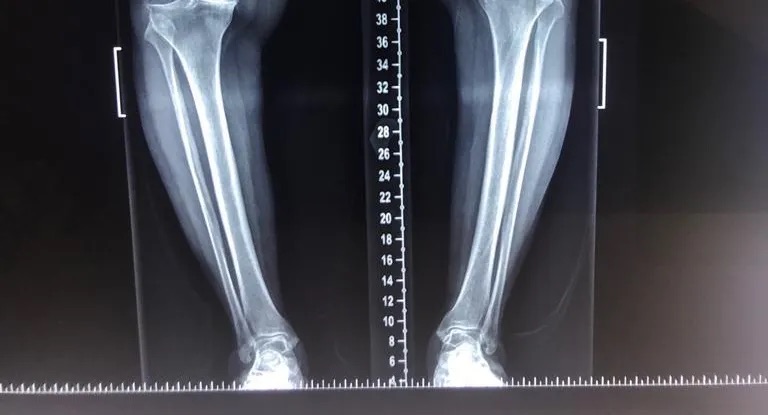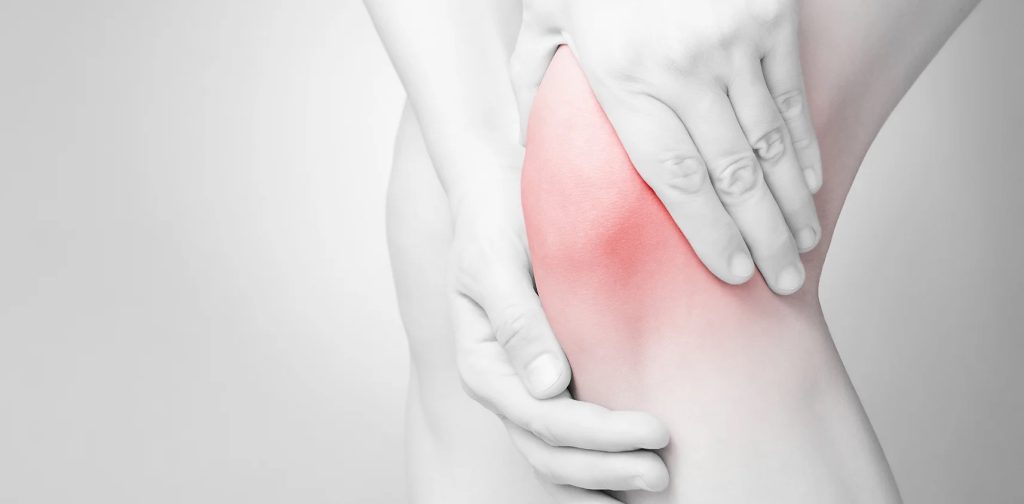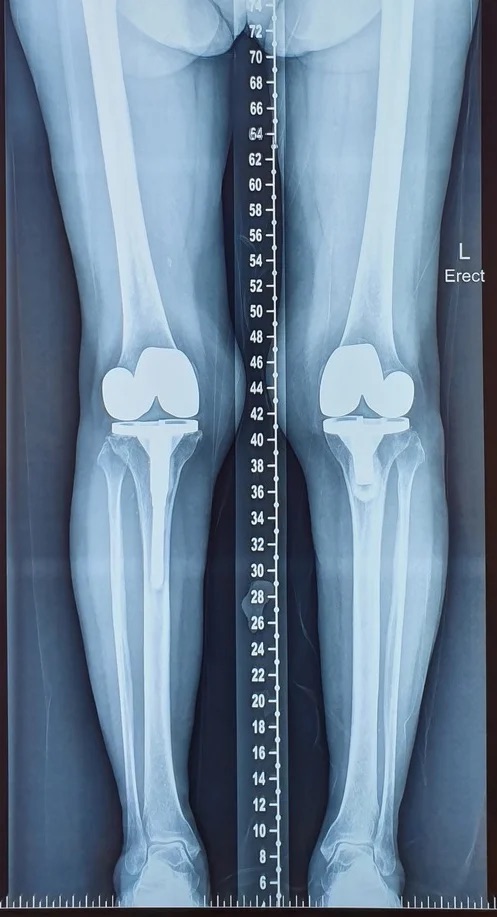
Osteoarthritis

Knee Osteoarthritis
Osteoarthritis refers to degeneration and damage of the cartilage within the knee. Cartilage damage causes a person to be unable to weight-bear properly and causes pain and swelling.
Osteoarthritis is a common cause of knee issues in middle-aged to elderly persons.
Read on to find out more about Osteoarthritis.
Who gets Osteoarthritis (OA)?
Osteoarthritis affects people in their middle age and later years, causing knee pain and swelling. Typically, the more walking or activity a person does, the more pain there is. Women are at higher risk of Osteoarthritis and this is related to differences in hormones and knee structure. Some risk factors also cause a person to be more likely to get OA: obesity, previous fractures of the knee, gout or another form of joint disease.
How do I prevent myself from getting OA?
There are various ways that can help one protect the knee for the longer term, but there is no foolproof way to prevent the onset of OA. These ways include:
– Balanced diet
– Moderate exercise, such as swimming, cycling, brisk walking instead of running
– Reduce smoking
– Supplements such as collagen or glucosamine, which do help in certain cases

What are the symptoms of OA?
Symptoms of OA can be highly variable. While it can cause severe pain in one person, it may only cause mild pain in another. Symptoms include:
– Pain and swelling of the knee after activity, such as walking, climbing stairs
– Pain and stiffness of the knee in mornings
– The knee becoming bow-legged over time
– Pain at the front of the knee on climbing or going down stairs
– Unable to straighten the knee, or unable to squat or kneel
What are some simple things that can be done to make my knee feel better?
Simple measures include wearing a knee guard and applying cold compress over the knee if it acts up. In milder cases of OA, such simple measures can reduce pain and help a person maintain his/her Quality-of-Life. Milder cases may also be managed with occasional pain medications. However, more severe conditions may not feel any benefit from simple measures. Furthermore, painkillers are not a treatment but only a symptom-reliever.
What treatments are there to improve the condition of my knee?
In general, the various treatments include:
– Lubricant injection (viscosupplementation). This is a lubricant gel that acts as a physical lubricant and reduces friction in the knee. However, the effect is temporary and may last anywhere from 1 month to 1 year, depending on each person’s condition.
– Marrow supplement. This is to inject the patient’s own marrow concentrate into the knee. This helps reduce inflammation and stimulates some regeneration of tissues.
– An arthroscopic Key-Hole surgery to repair the damaged structures, if it is assessed to be reparable.
– A knee replacement procedure. This may be a partial or a total knee replacement. This treatment replaces the damaged and painful knee surface with a new metal/plastic prosthesis. Such treatments remove pain and allow return to walking, stairs, and moderate activity.

Read more about Arthroscopic Cartilage and Meniscus Repair treatment here.
Read more about Knee Replacement treatment here.
Centurion Orthopaedic Centre
38 Irrawaddy Road
Mt Elizabeth Novena Hospital Specialist Centre #07-40
Singapore 329563









